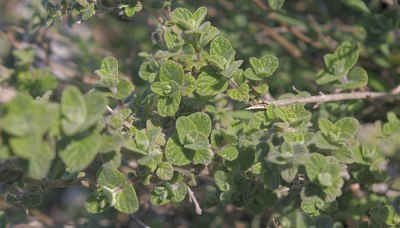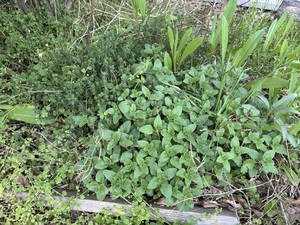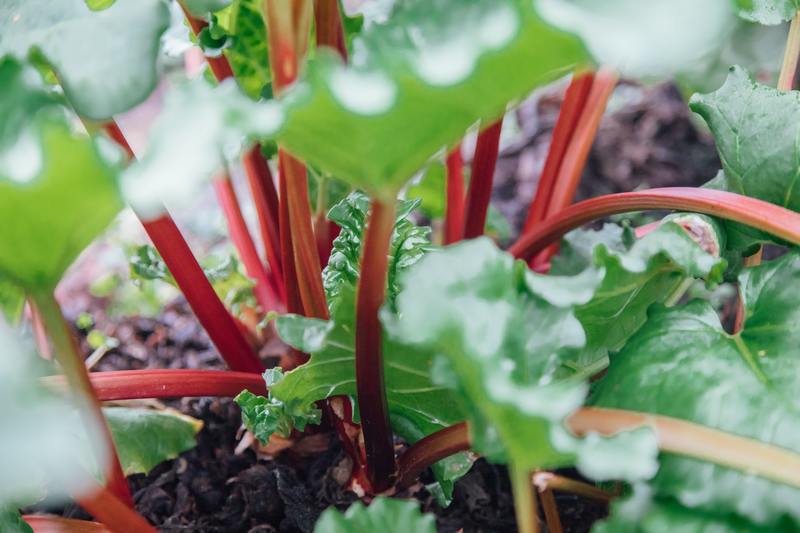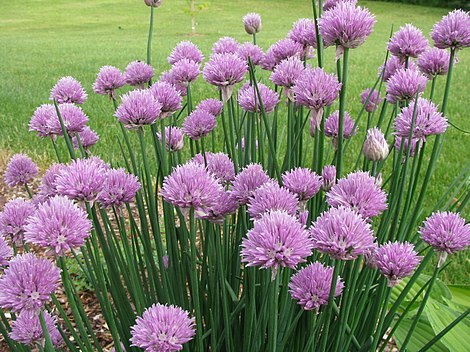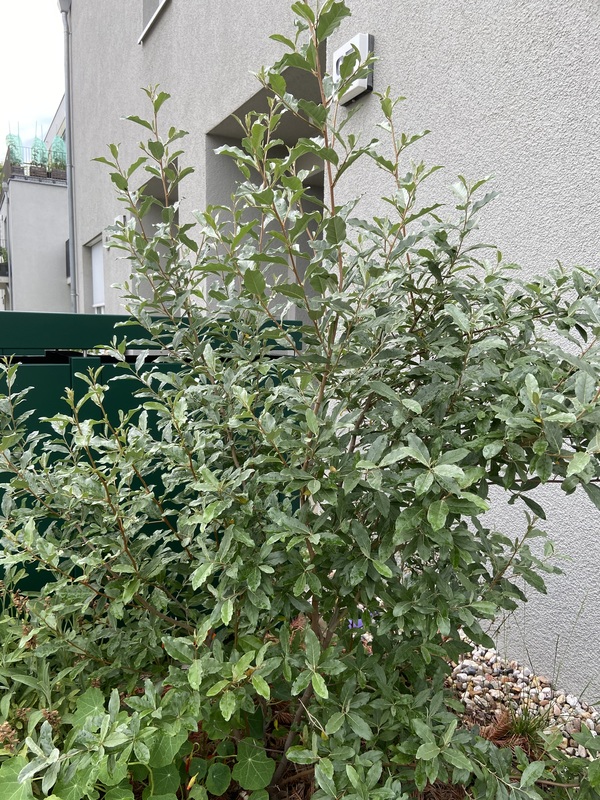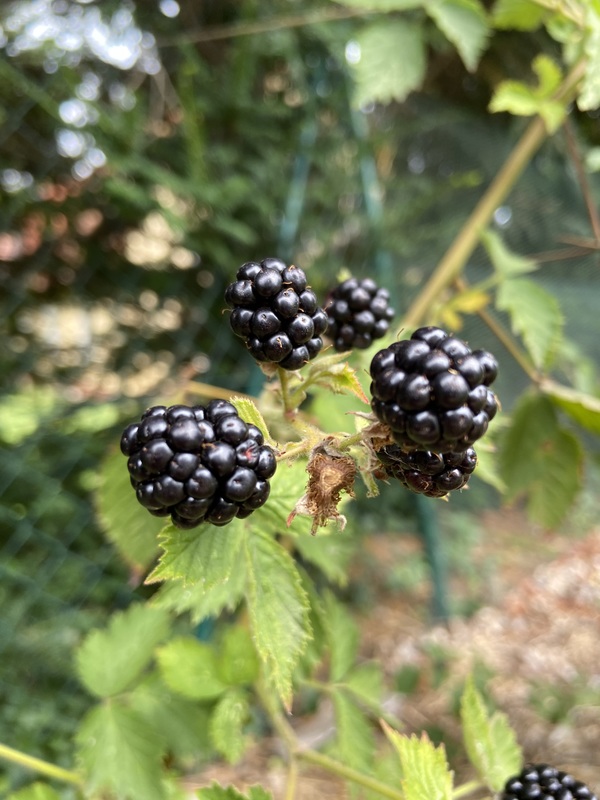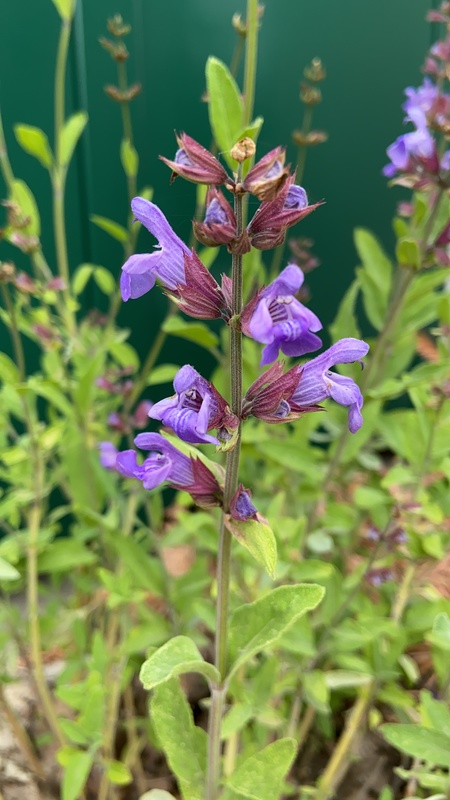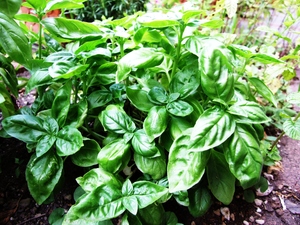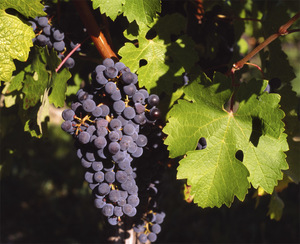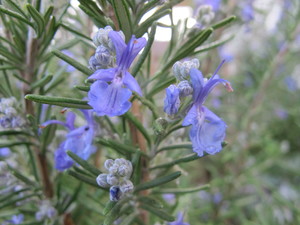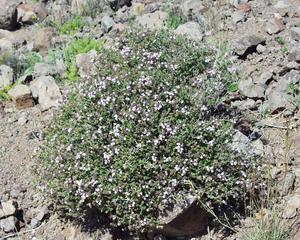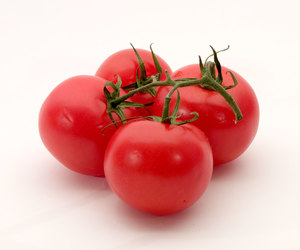Description
Oregano, also known as Origanum vulgare, is a herb that is native to the Mediterranean region. It is a small, bushy plant that grows to a height of about 1 to 2 feet and has a woody stem. The leaves are oval-shaped and are covered in small hairs. The flowers are small and white or purple in color and grow in clusters.
Oregano grows best in well-drained, fertile soil in a sunny location. It is winter hardy and can withstand cold temperatures. To cultivate oregano successfully, a grower may need to provide adequate watering and sunlight, and may also need to prune the plant regularly to keep it from becoming leggy.
The leaves of the oregano plant are edible and can be used fresh or dried in cooking. They have a strong, pungent flavor and are commonly used in Italian, Greek, and Mexican cuisine. The leaves can be stored after harvest by drying them and storing them in an airtight container.
In addition to its use in cooking, oregano has also been used in traditional medicine to treat a variety of conditions, including respiratory problems and digestive issues. It is also known to attract pollinators, making it valuable for wildlife.
